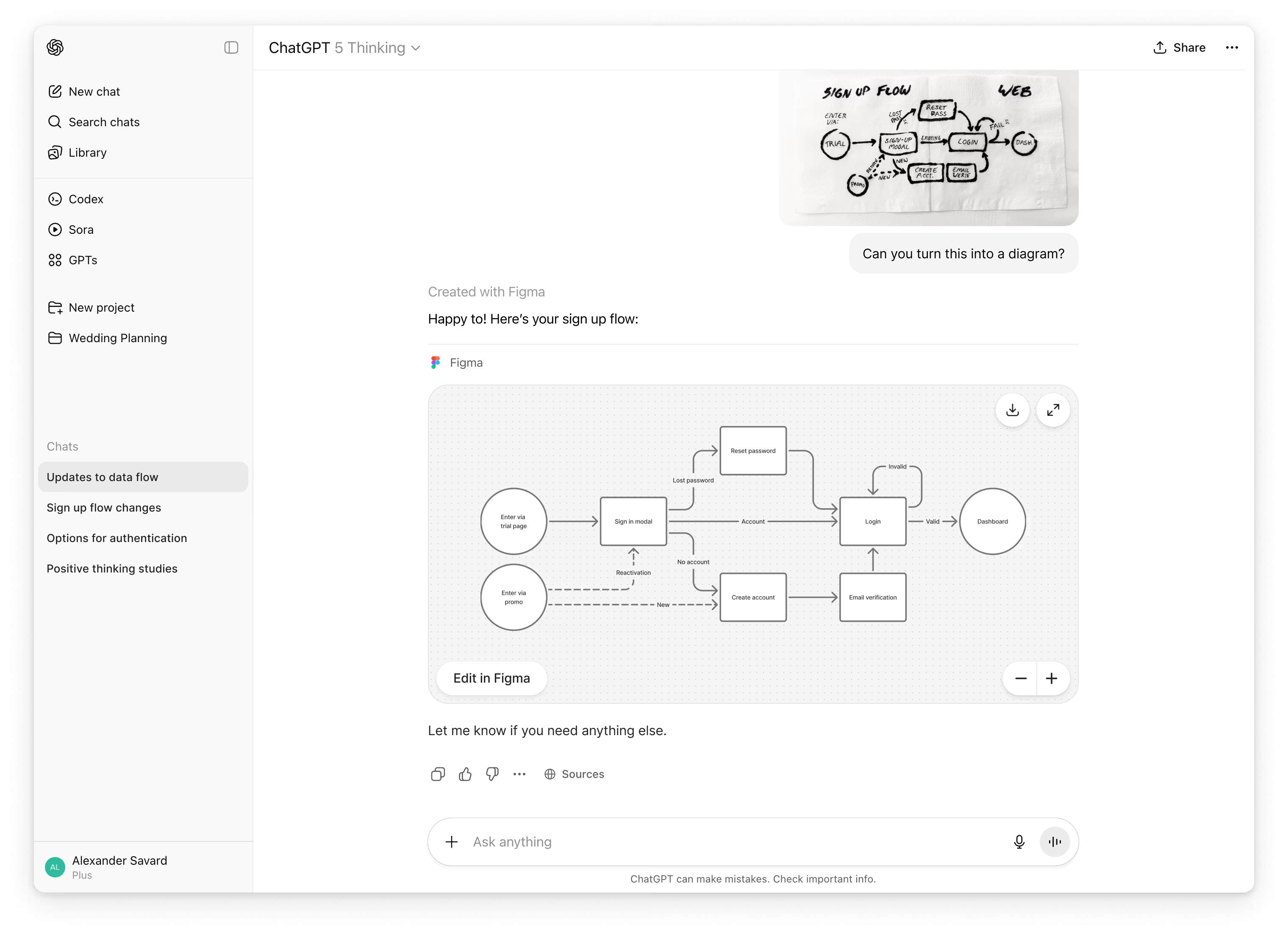October 10, 2025
What OpenAI’s App SDK means for publishers
OpenAI’s recent Dev Day marked a major shift in how people—and AI agents—interact with information online. The company unveiled ChatGPT Apps, a new way for developers to build interactive experiences that run directly inside ChatGPT. These apps are powered by the new Apps SDK and built on top of the Model Context Protocol (MCP), an open standard that defines how AI systems connect to external data and services. These foundations are paving the way for new kinds of interaction between AI systems and publisher content.
This announcement is another signal that the web is entering a new phase—one where content can be accessed and presented through conversational interfaces rather than traditional clicks and pages. And while these new apps are built for people using ChatGPT today, they also use technology that AI agents can use to interact with publisher content.
A new layer of interactivity inside ChatGPT
Until now, ChatGPT and other AI models mostly relied on plugins, APIs, or even scraping to access outside data. The new Apps SDK represents a leap beyond that. It allows developers to create self-contained applications that fetch live information, perform actions, and present interactive results within ChatGPT.
At launch, these apps are designed for human users. A person can install an app like Canva or Zillow, ask questions in natural language, and receive live, structured answers pulled from verified sources. But beneath the surface, the same foundation that powers these human-facing apps, MCP, is also how AI systems can connect to and retrieve information.

Figma’s app inside ChatGPT (via Figma Release Notes)
Why this matters for publishers
For publishers, this new app ecosystem represents both a shift in distribution and a new creative opportunity. Up until now, most publishers have focused on protecting their content from being scraped or repurposed without permission. But as conversational interfaces like ChatGPT become richer and more interactive, there’s a growing opportunity to participate. It’s important to note that ChatGPT controls the interface, presentation, and tone. Publishers provide the content, but not how it’s displayed or personalized.
Here are a few ways publishers could start to think about this shift:
-
Create ChatGPT apps that deliver verified insights, expert commentary, or niche analysis directly within ChatGPT.
-
Build data-driven experiences that allow users to query or surface information from archives, databases, or proprietary datasets.
-
Develop up-to-date responses that reflect breaking news or evolving stories through real-time data connections.
-
Guide readers to deeper engagement by linking from AI-native experiences to full articles, newsletters, or subscriptions.
The SDK’s design guidelines make it clear that ChatGPT apps aren’t meant to replicate full websites or native apps. The experience is optimized for short, context-rich responses than full-length articles. For publishers, that means thinking of it as snippets that fit within conversational flows.
These use cases serve today’s ChatGPT users—but they also highlight what AI and content interactions could look like as AI agents access content utilizing protocols including MCP. Publishers who experiment early will be better positioned to define the rules of engagement and the value exchange that follows.
Early documentation suggests that discoverability inside ChatGPT will hinge on how well an app communicates its purpose and value. Users may be able to find publisher apps through direct prompts, browsing within ChatGPT’s growing ecosystem, or contextual recommendations surfaced during a conversation. In this environment, clear metadata and purposeful design will likely play a key role in visibility.
The bigger picture
OpenAI’s announcements reinforce what we have already seen taking shape: the web is becoming more conversational. Instead of users manually searching and clicking, people are beginning to ask questions in natural language and receive curated, structured answers inside AI-driven environments.
For publishers, this means visibility will depend not just on SEO or social distribution, but on being accessible to conversational interfaces through structured, trusted pathways. The Apps SDK and MCP framework are early signs that this transition is well underway.
Looking ahead
The introduction of ChatGPT Apps could lead to another change in how people access information through AI.
At TollBit, we’re working with publishers interested in exposing their content through MCP and exploring how it can power new experiences inside ChatGPT and other AI environments. While the ecosystem is still taking shape, our goal is to make it easier for publishers to build once and participate broadly as these new interfaces evolve.
For publishers, it’s an opportunity to think about building experiences that make their content discoverable, useful, and valuable in this new format.